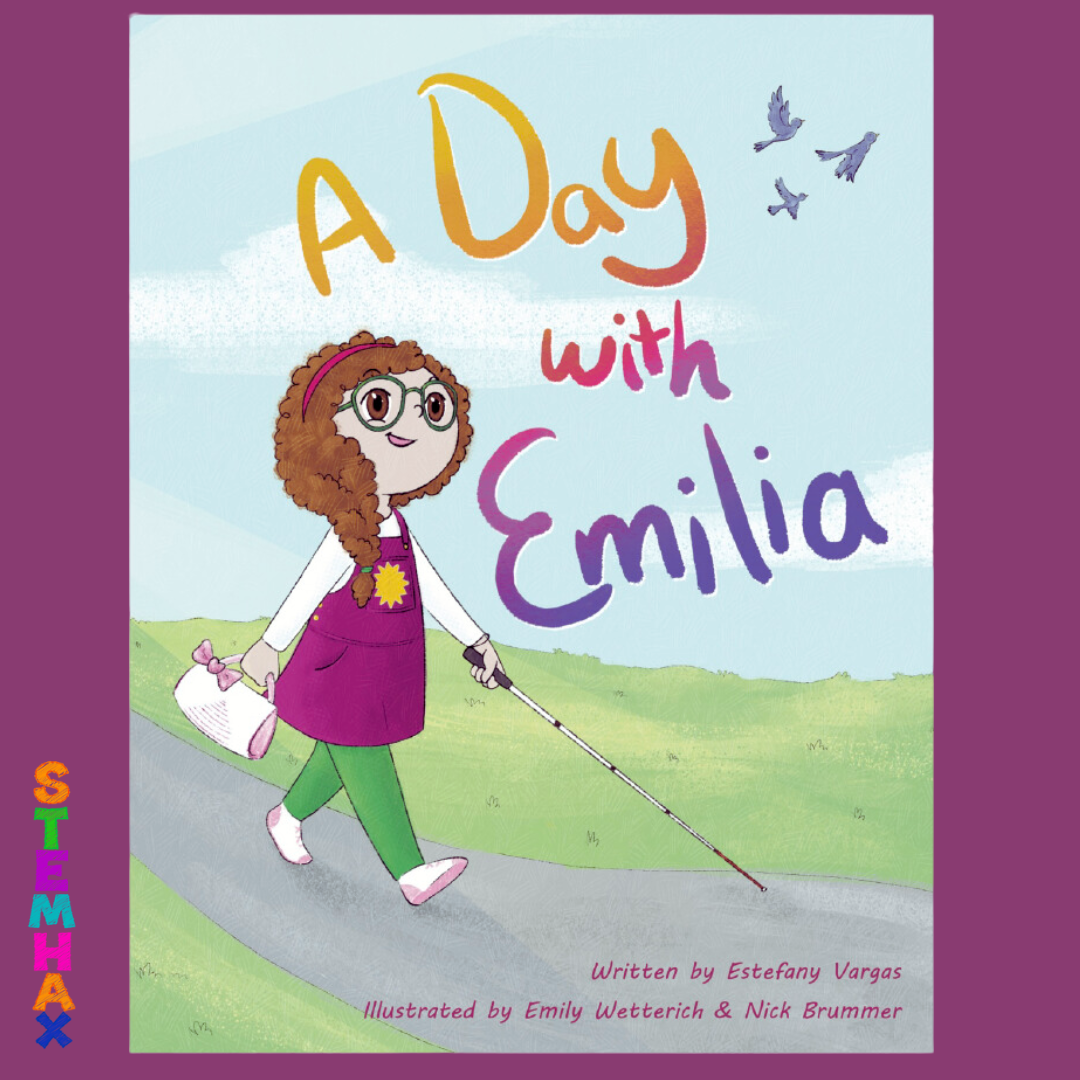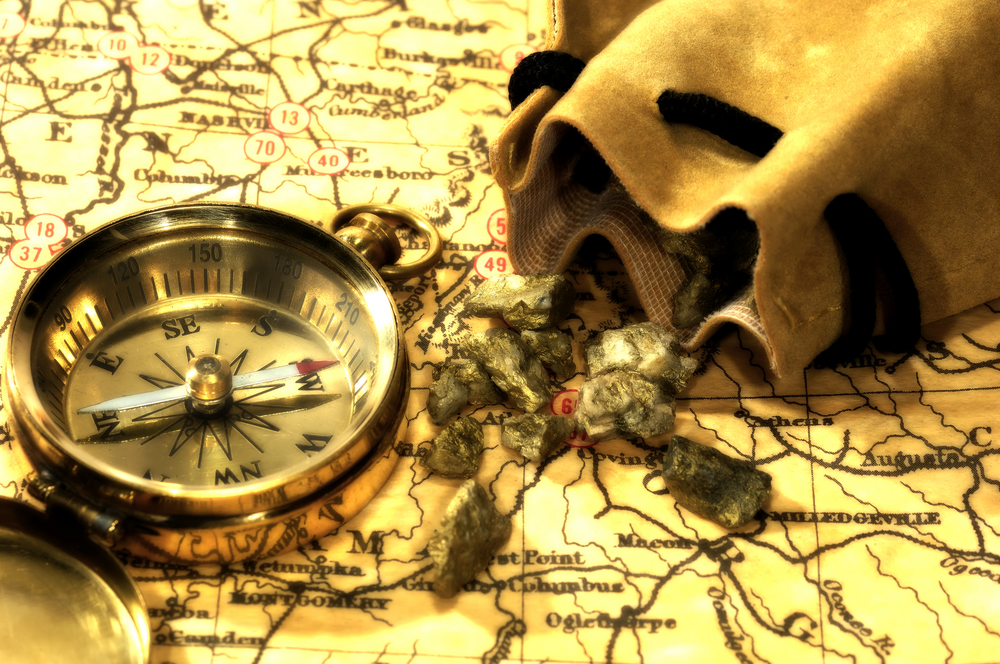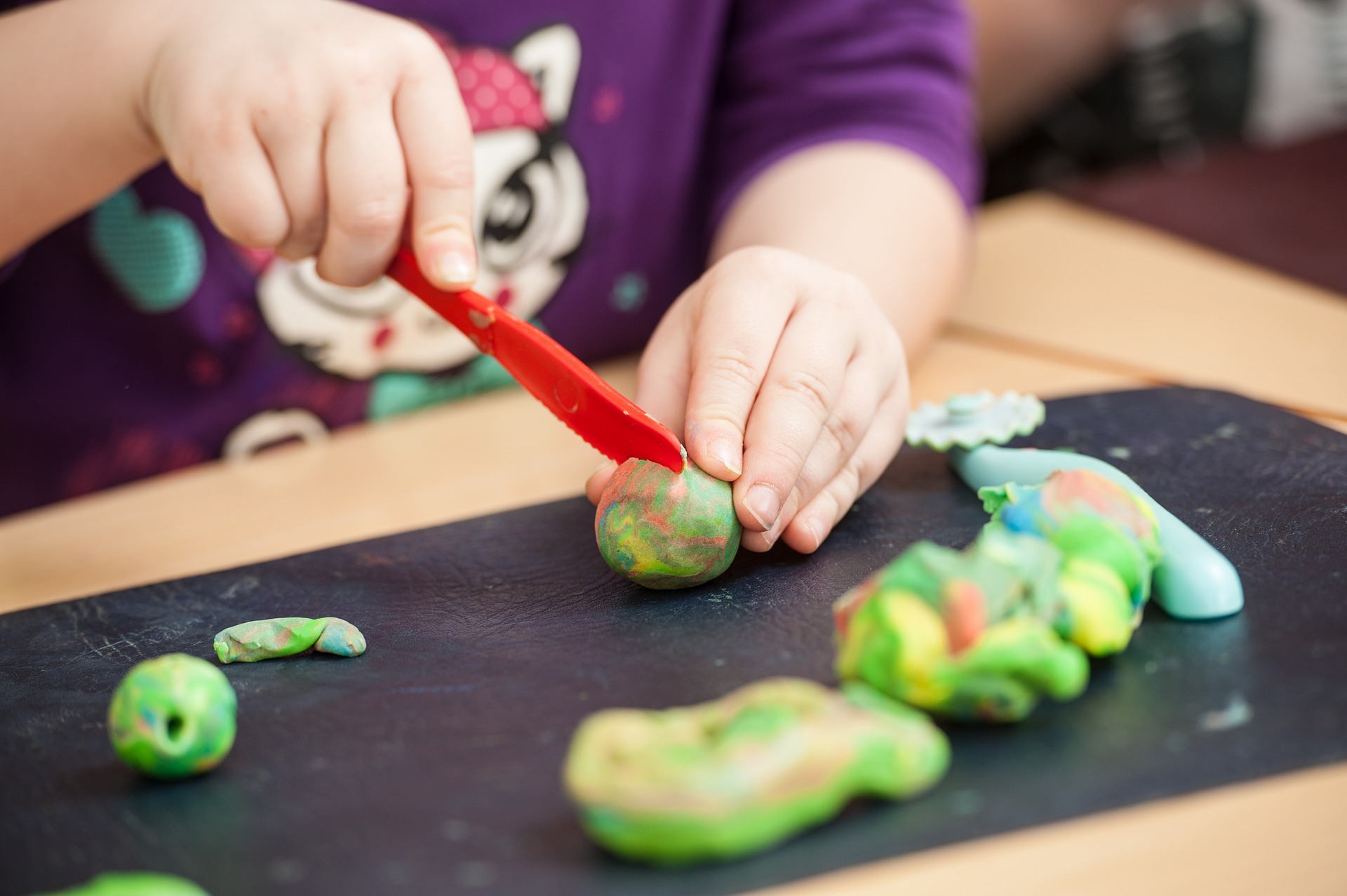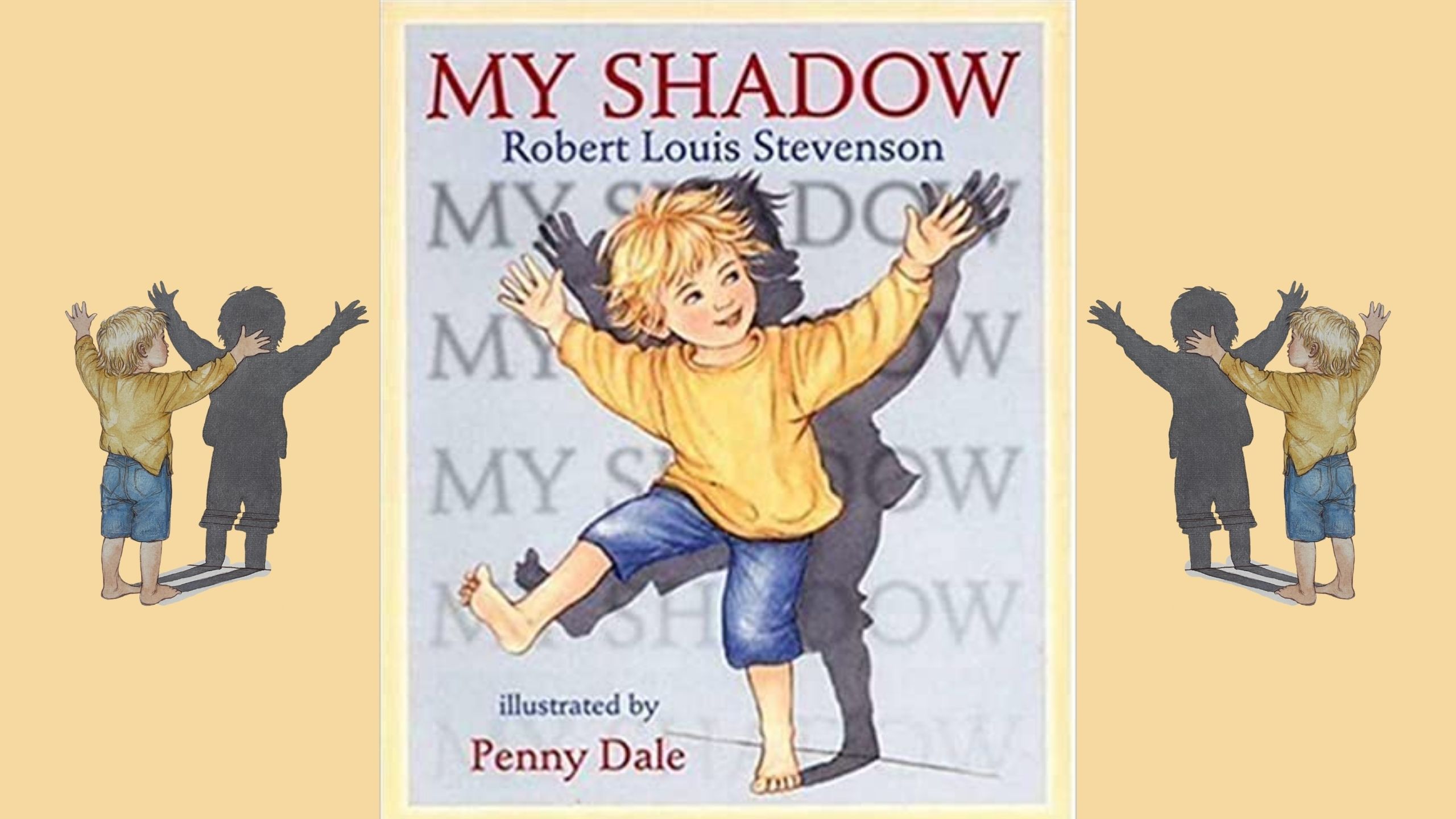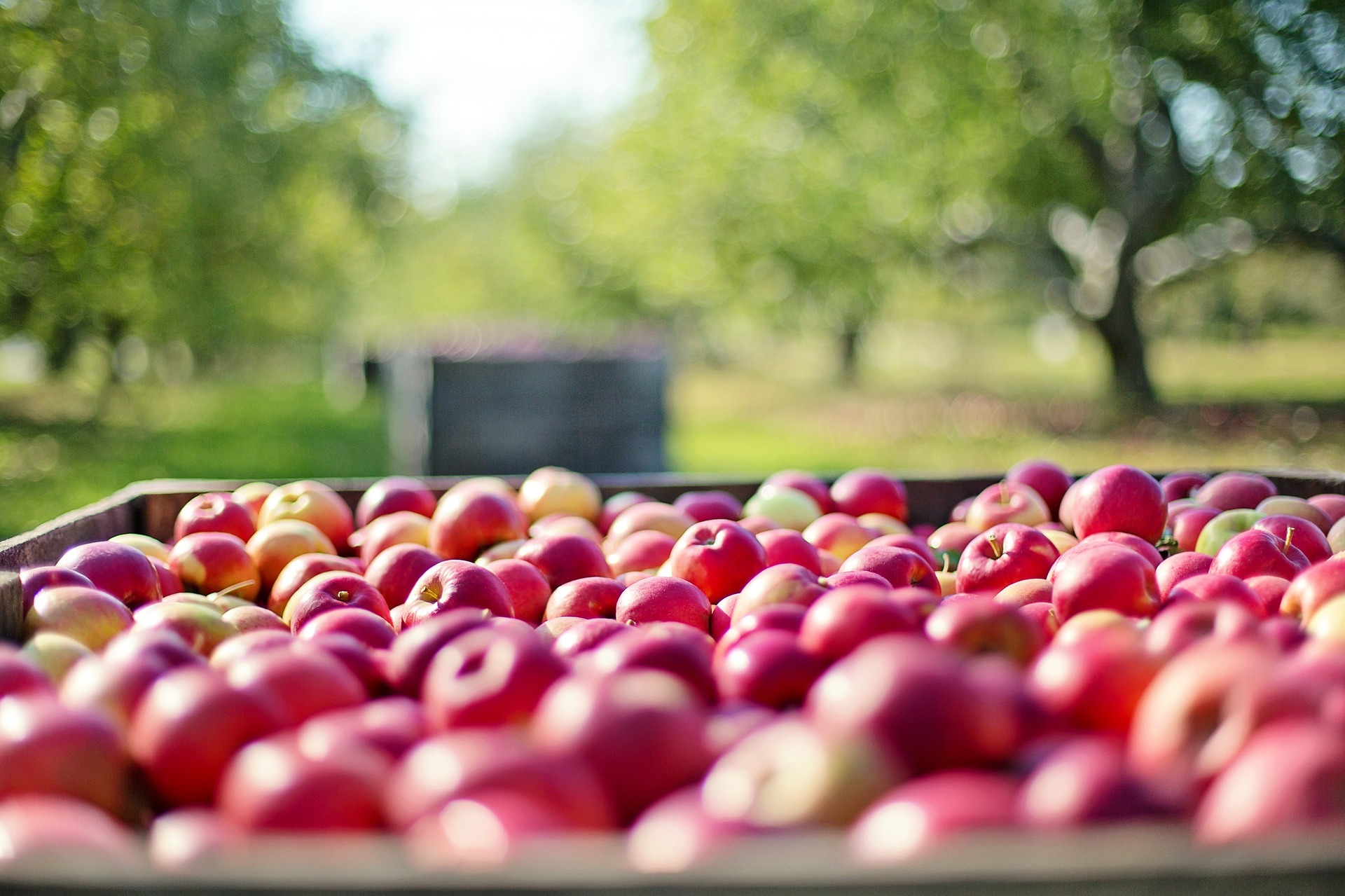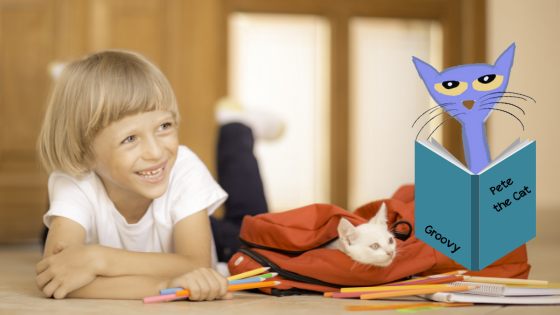Rainbow Seed Science Experiment
Rainbow Seed Science: FREE Resources
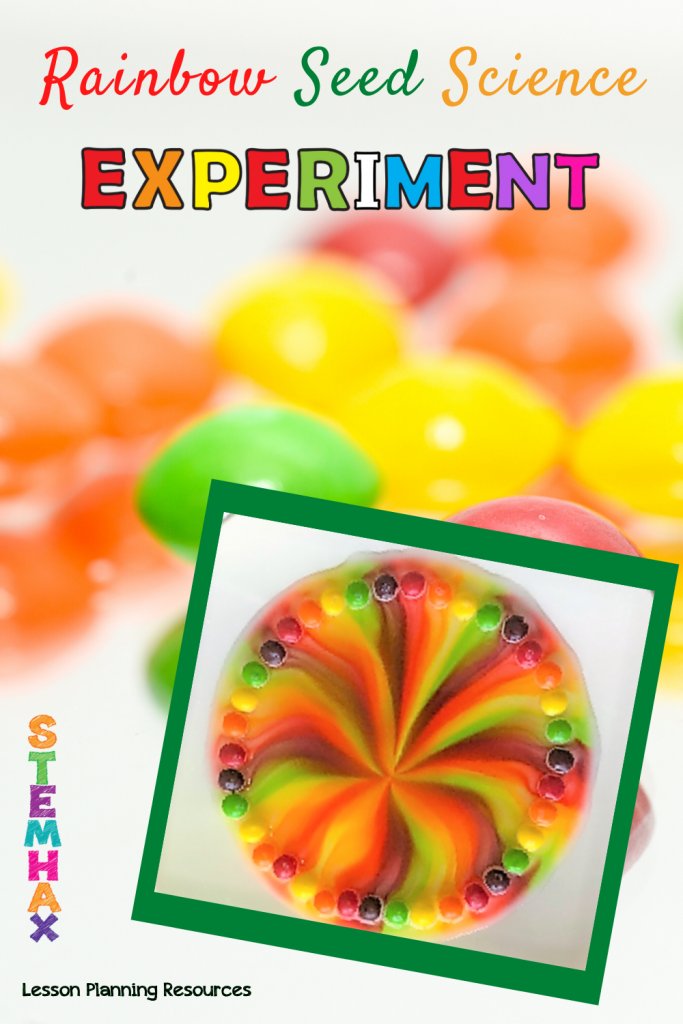
This science experiment is so much fun for both kids and adults. Perhaps I am speaking only for myself and a few other colorful individuals (wink). Since the push for STEM programs many program creators have started with a science experiment that can be easily conducted. Children are very familiar with seeing the rainbow making experiment from Skittles. (CLICK HERE to see how Skittle are made) It is really neat to see the rainbow appear, right before their eyes, its almost magical. When our volunteers saw what we were doing the experiment they gasped, “Oh, we did this at STEM camp.”
At first I was a little taken back when I shared we were conducting this experiment. One of the volunteers was only in kindergarten, although she was very excited to see the wonders of the rainbow, again. I am one of those kinds of people who needs to know “why.” I also believe in the theory of constructivism. Simply defined as, “children learn by building and constructing new ideas from their old ideas.” I asked if they knew why and how the colors moved, and they said from the water. Good start, I thought! Repeating this experiment with my lesson was going to be a learning experience for these kiddos, piggy backing on what they already understood. This is why and how we conducted this experiment.
Preparing for Rainbows
Before conducting the experiment I recommend watching this video called “The Science of Light and Color for Kids: Rainbows and the Electromagnetic Spectrum.” This is a refresher for adults, both caregivers and teachers of young children. The video is intended for upper elementary students, but is perfect for adults. We need to be prepared to answer any questions the kids might have about rainbows and color. Click on the image with the rainbow umbrellas to watch the video.
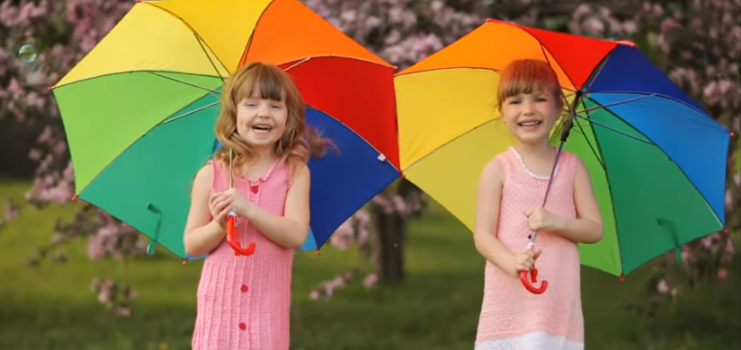
Online Books
Rainbows can be studied any time of the year. We did this experiment for St. Patrick’s Day.
The Night Before St. Patrick’s Day
We always start with reading and we read “The Night Before St. Patrick’s Day.” It is a lovely book written by Natasha Wing and read by Story Time Now.
How the Crayons Saved the Rainbow
The book “How the Crayons Saved the Rainbow” is a good introduction for rainbows and weather.
Mouse Paint
Mice who play in paint show how colors when mixed change. Mouse Paint is a book kids love, and there is a free printable to use in the science center at the end of the blog post.
Rainbow Fish
One of the coolest read aloud YouTube Channels is sponsored by the SAG Foundation. It has wonderful books read by actors and actresses many of whom kids are familiar with from the big screen. “Rainbow Fish” written by Marcus Phister is a sweet book about being ok with being ones self. This reading is by the famous actor Earnest Borgnine.
The Leprechaun Who Lost His Rainbow
This is a lovely book about a little girl who helps the leprechaun find his rainbow. This online reading by done by the Storyteller at Kid Time Story Time.
A Rainbow of My Own
A boy imagines what it would be like to have a rainbow of his own.
After reading about rainbows try this experiment! FUN!
The Experiment: Rainbow Seeds
Tools & Materials
- Rainbow Seeds (Skittles)
- White round plate
- Timer or stopwatch
- Paper towels
- Warm tap water
- Cold tap water
- Science Journal
- Markers

Method of Experiment
- Watch preview video on hot and cold (see link below).
- Talk about and introduce molecules (see below).
- Wash hands (even though we don’t eat science – this is an exception).
- Review Science Journal sheet and make predictions, using the Scientific Method.
- Arrange the rainbow seeds in a pattern around the white plate.
- Pour cold water in the center of the dish until it reaches the outer edge of the rainbow seeds.
- Using the timer, time how long it takes for a rainbow the reach the center of the plate. (Record results in Science Journal sheet/or journal)
- Repeat steps 5-7 on a clean plate, using warm water.


Day of the Experiment
Technology is so important in today’s learning world. I implement it whenever possible, not as a substitute for learning or anything hands-on. Once the kids were ready to get started with the experiment we watched this short video clip on YouTube created by Scott Milam. WARNING: There is no sound and you will have to explain a little about what is going on in the video.
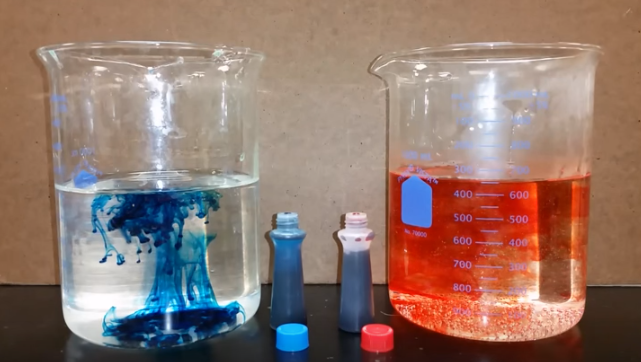
Here is how we conducted this lesson. Check out the St. Patrick’s Day STEMHAX Guides page for more St. Patrick’s resources. First we read “The Night Before St. Patrick’s Day” and started with a mini-lesson and this simple video. There is no sound, and it was perfect for explaining molecules. The kids were interested, even with no sound. I explained how the blue was the cold and the red was the hot. Each beaker had the same ingredients; one cold and one hot. Easy! I then shared that molecules are everywhere, they are like energy. “In the summer when running around it gets really hot. This is because you are moving fast, and that is representative of the hot/warm molecules in the water. And the snow is cold (so those molecules go really slow).
Finally, the kids made predictions and used the science journal to predict and record their data (Science Journal and all directions for guiding students using the Scientific Method are included in the Rainbow Seeds Science packet – as seen in use in the photo).

Two for One!
We doubled up on the supply list, and conducted the experiments at the same time. We gave one of the kids the C for cold and the other was W for warm. We used the Scientific Method; a lighter version more appropriate for young learners. All pages needed for this experiment are included in the digital download for the “Rainbow Seeds Science Experiment.”

The Research Assistant’s Guide is designed for teachers, homeschool teachers, substitute teachers and anyone who is conducting this experiment. The Scientific Method for young learners includes: Observation, Questions, Predictions, Experiment, Analyze Date/Evaluate and Share. Our guide will help ask the right questions and guide the child through the Scientific Method and this experiment.

There are many ways to extend this experiment. You can use your own judgment on where and how to proceed based on the ah-ha moments the kids have during the experiment. The kids truly enjoyed conducting this experiment and probably didn’t realize we were guiding them through the Scientific Method, but they got it!
This experiment was originally St. Patrick’s Day inspired! At the end of the rainbow there is supposed to be a pot of gold. We thought this worked well with our St. Patrick’s Day Book Companion and Activity Packet. Rainbows are plentiful in the spring and summer and we decided to offer the download as a “Rainbow Seeds Science Experiment.”
Extend with Art
EXTEND: Art and the color of the rainbow pair well with each other in academics. Our favorite art teacher is Rob from “Art Hub for Kids.” Click on the rainbow picture for a YouTube instructional for kids. This is where art and technology really make a positive influence for people like myself, who would rather leave the art instruction to a professional. Kids LOVE Rob and his kids. The video is 13 minutes long, however, when I am working with kids it is good to pause the video so they don’t get frustrated as they try to keep up. Older children can just follow with no need to pause the video.
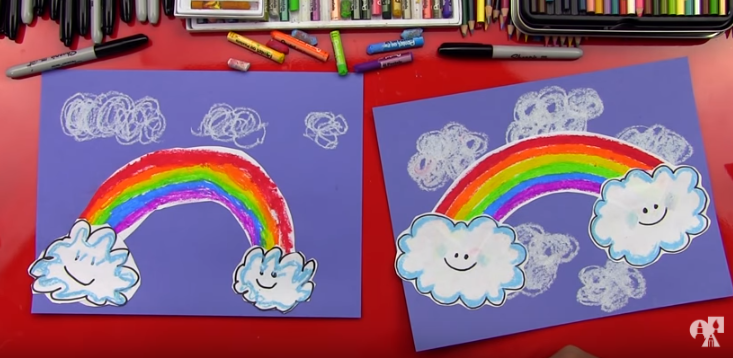
Additional Free Resources
The last few resources are from some of my peers at Teacher Pay Teacher. Even if you are not a traditional classroom teacher, any caregiver can download free and/or purchase these teachers created resources from the TpT website.
The first is by Letecia Gallegos and called Rainbow Fish. It is an excellent language arts follow up to the book elements.
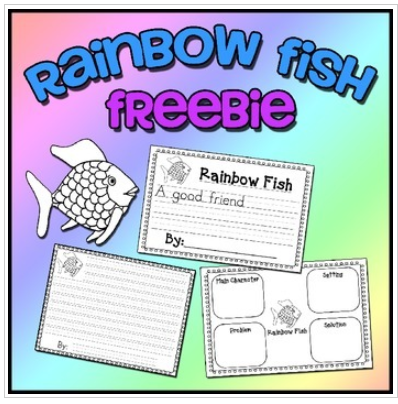
Look at this cute freebie from Katie Mense. It is the perfect little science center to go with Mouse Paint book. Hands-on is really a great way to learn.
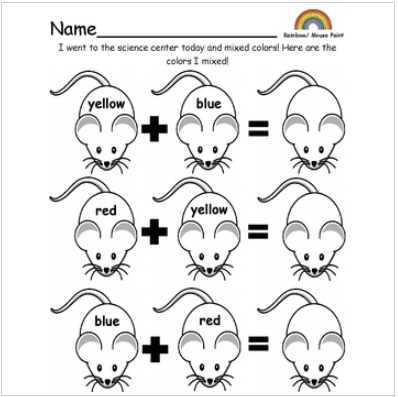
The last two free resources are excellent for centers. Silly Sentences created by First Grade Fun Times will be just that, fun. Simply print and laminate. Each silly sentence has six words and they are color coded ROYGBV so there is minimal scaffolding needed. Such a cute idea, thank you First Grade Fun Times!!!
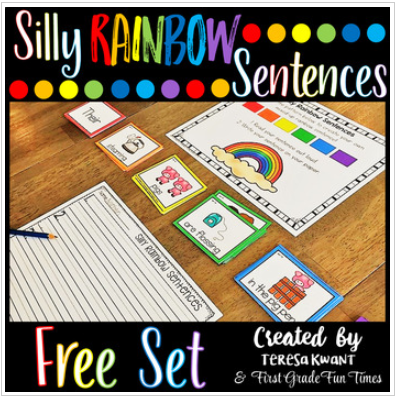
Finally, Rainbow Roll-N-Write created by A Cupcake For the Teacher. Print and laminate or place in a plastic sleeve. Crayons, dice and any word list will also be needed; spelling words, sight words, days of the week, etc. The kids roll and write the word in the color.
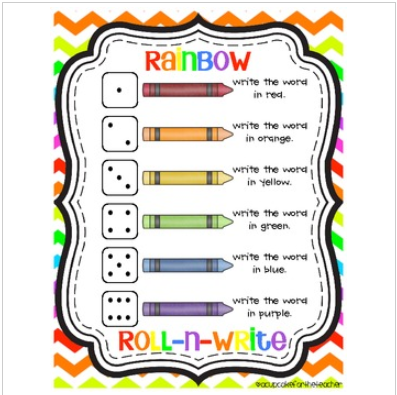
If you like these free resources please consider following these teacher creators. They are always developing new and cool things, for you and I, to share with young learners.
We had so much fun putting this Rainbow Seeds Science Experiment together and look forward to hearing how much your kids enjoyed conducting this experiment. Check out the digital download in our TpT Store–-CLICK HERE!
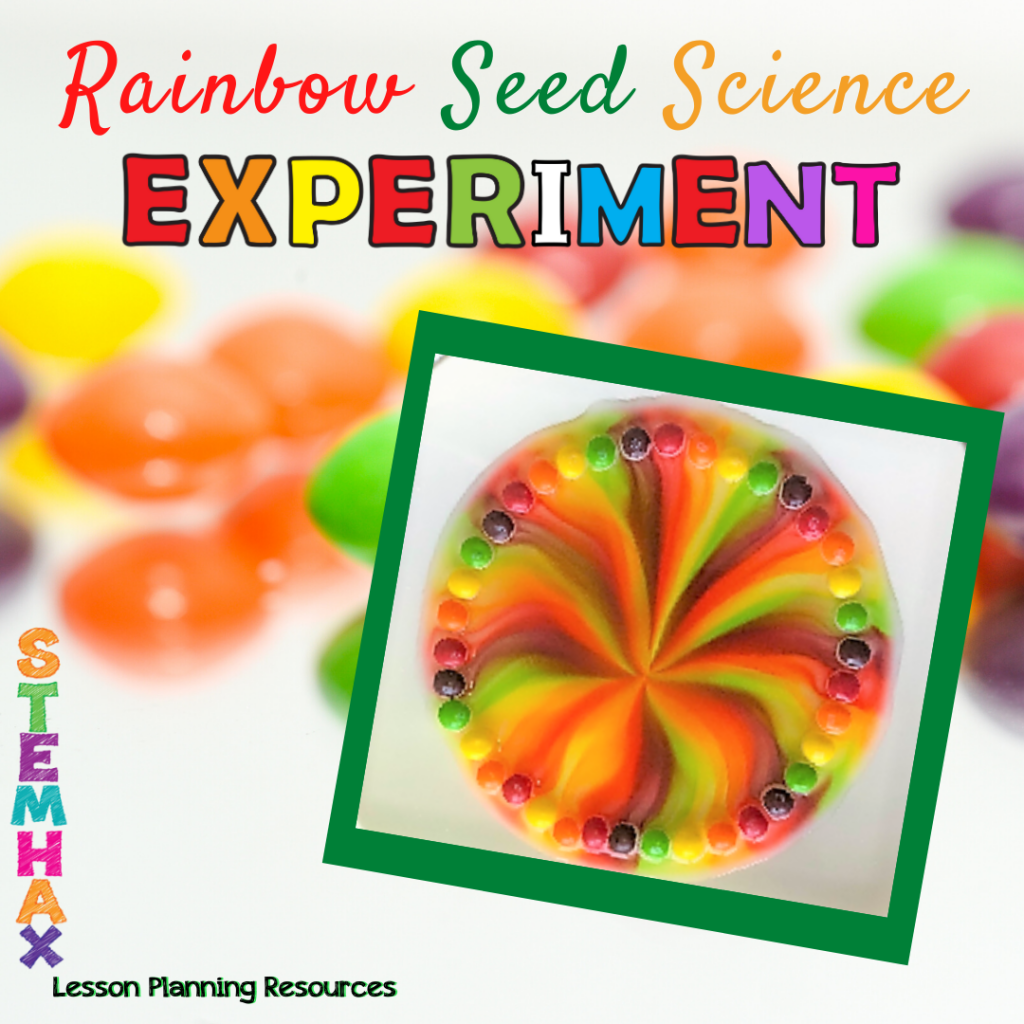
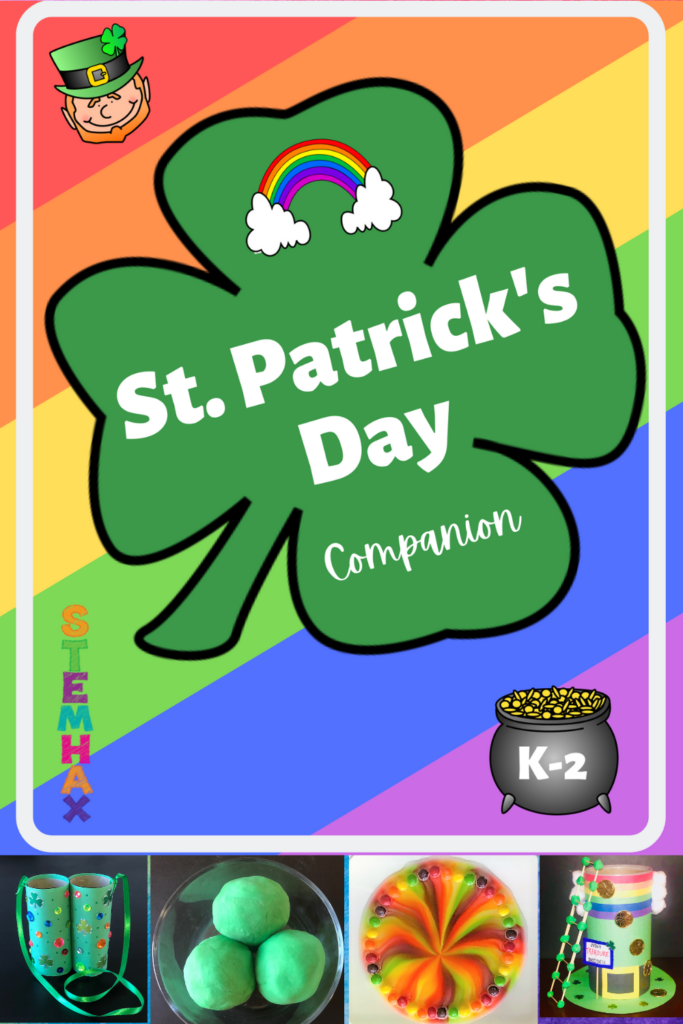
This post contains affiliate links; if you make a purchase, I may make a small commission at zero cost to you. THANK YOU!!
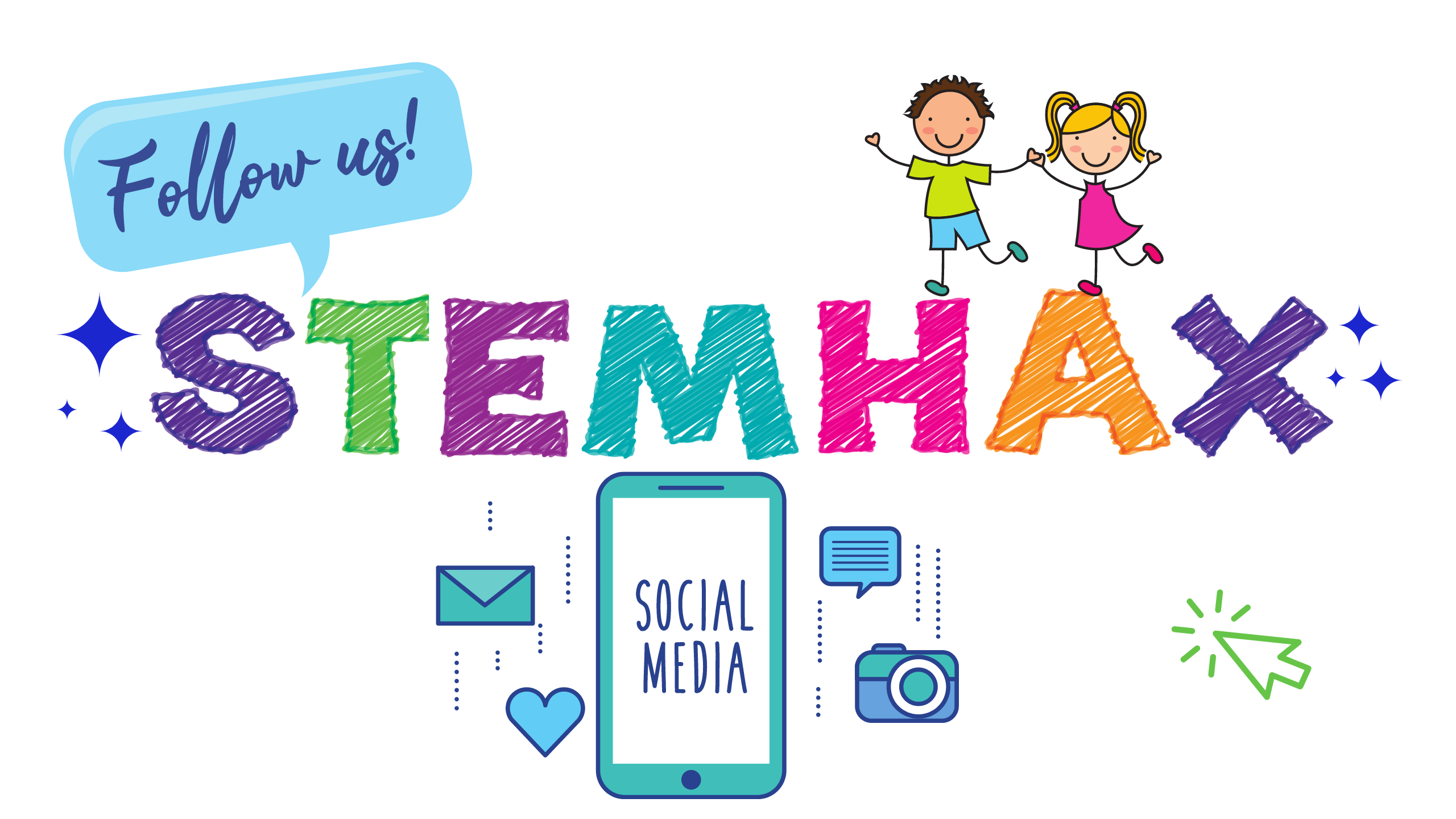
Join our e-mail list for new book spotlights, giveaways and more. We will never sell or share your contact information. Unsubscribe at any time.


